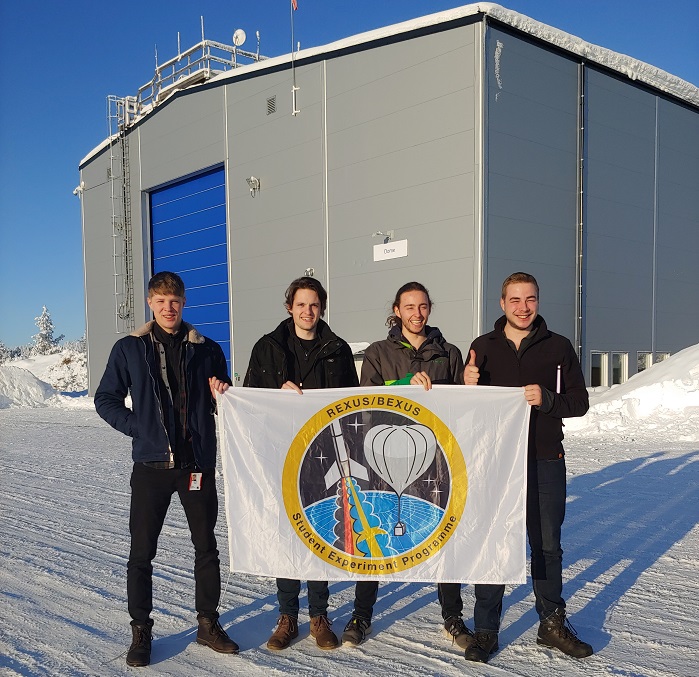This year's REXUS/BEXUS Student Training Week took place from February 10th to 14th at the Esrange Space Center in the far north of Sweden, witch we, members of the S Cephei Team, participated. Two weeks before was the deadline of the first version of the SED (Student Experiment Documentation) in which we presented a draft of our experiment. Freed from the burden of the deadline, the anticipation of the Training Week for the team members Alexander, Robin, David and Felix began.
The journey to Esrange on February 09th was by plane from Dresden via Frankfurt (Picture 1) and Stockholm to Kiruna. Luckily, we just made it out of Frankfurt before the storm Sabine hit and the airport was closed. From Frankfurt, a lot of other teams and employees of the organizing structures accompanied us already. The flight over the North Sea had the expected stomach-churning effect.
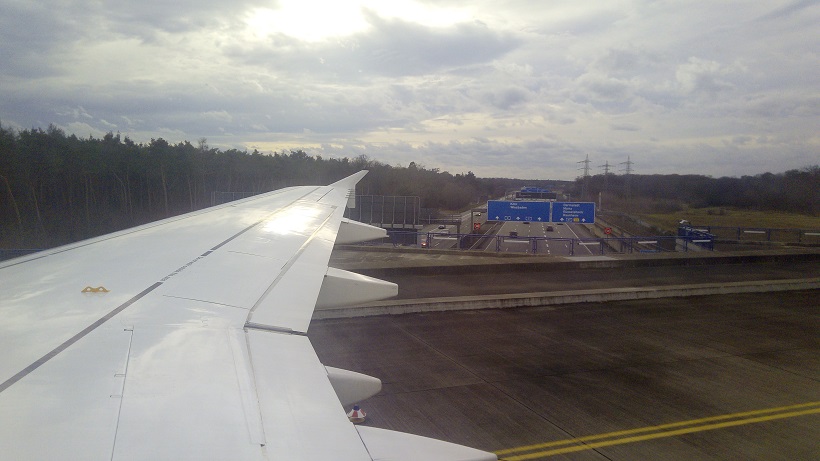
Arriving in Kiruna, a transfer service drove us the last 40 km to Esrange, where we got our room keys and security passes at the entrance and then finally, after a short midnight snack, fell asleep.
For the much too short night we were rewarded by the culinary pleasure of a heavenly breakfast. At this point I would like to thank the kitchen team, who delighted us 3 times a day with the best warm meals, on behalf of everybody. Day 1 of the Training Week started with a few introductory words on safety and rules of conduct, before we were introduced to some important topics, including Systems Engineering, Requirements and REXUS Flight Mechanics. These lectures were interrupted by a couple of coffee breaks, where we had the chance to exchange ideas with the other teams and to meet some people from the Selection Workshop. In addition, there were presentations of all REXUS teams, where the experiment and possible influences on the experiments of the other teams were roughly discussed.
The 2nd day started after an obligatory morning meeting with a round trip over the Esrange area. We were shown the local museum (Picture 2), where some of the defining moments of the Esrange Space Center are exhibited (highly recommended!).
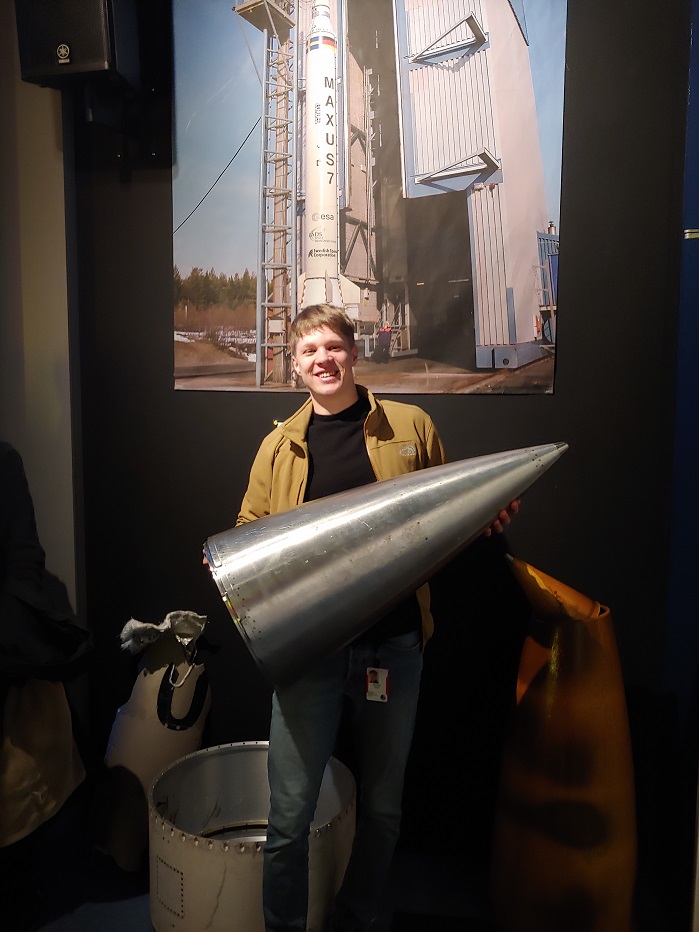
Afterwards, we went to the Balloon Pad, where we witnessed the launch of a small altitude research balloon, before we were shown the preparation halls for the REXUS rockets for motor and payload integration. At last, we went to the launch tower of the MEXUS rockets (Picture 3) and on our way back, we passed the REXUS Launcher.
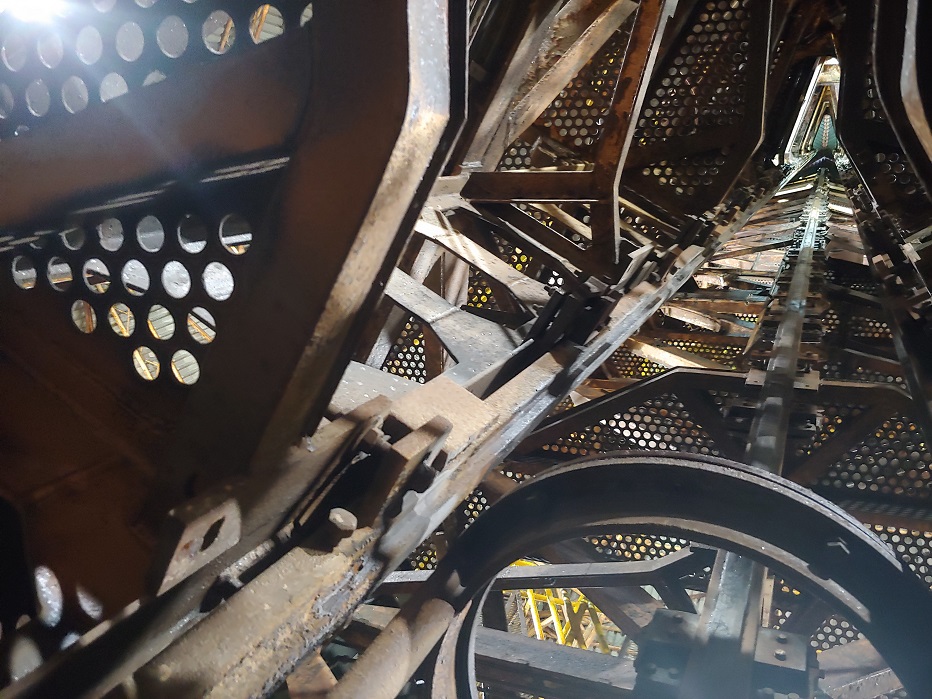
It was still quite warm with -8 °C for a February day in Esrange, but after this spectacular roundtrip our fingers and feet were happy about the warmth in the Dome, where the lectures continued afterwards. Lectures on BEXUS systems were on the schedule, but in the afternoon we had our PDR, which we had been preparing for since the SED deadline. The board consisted of experts from a variety of disciplines and institutions. Members of the ZARM (Zentrum für angewandte Raumfahrttechnologie und Mikrogravitation) and ESA (European Space Agency), as well as MORABA (Mobile Raketen Basis) asked questions after a 20-minute presentation from us and explained weaknesses in our experiment design and our development schedule. All in all, the PDR was a success and we were able to take a lot of input for further experiment development. In the evening there was a teambuilding session, where we built a Lego model of a space transporter under certain rules (Picture 4). Ten teams were put together, which then competed against each other. A great opportunity to get to know other team members a little bit closer and to build new bonds.
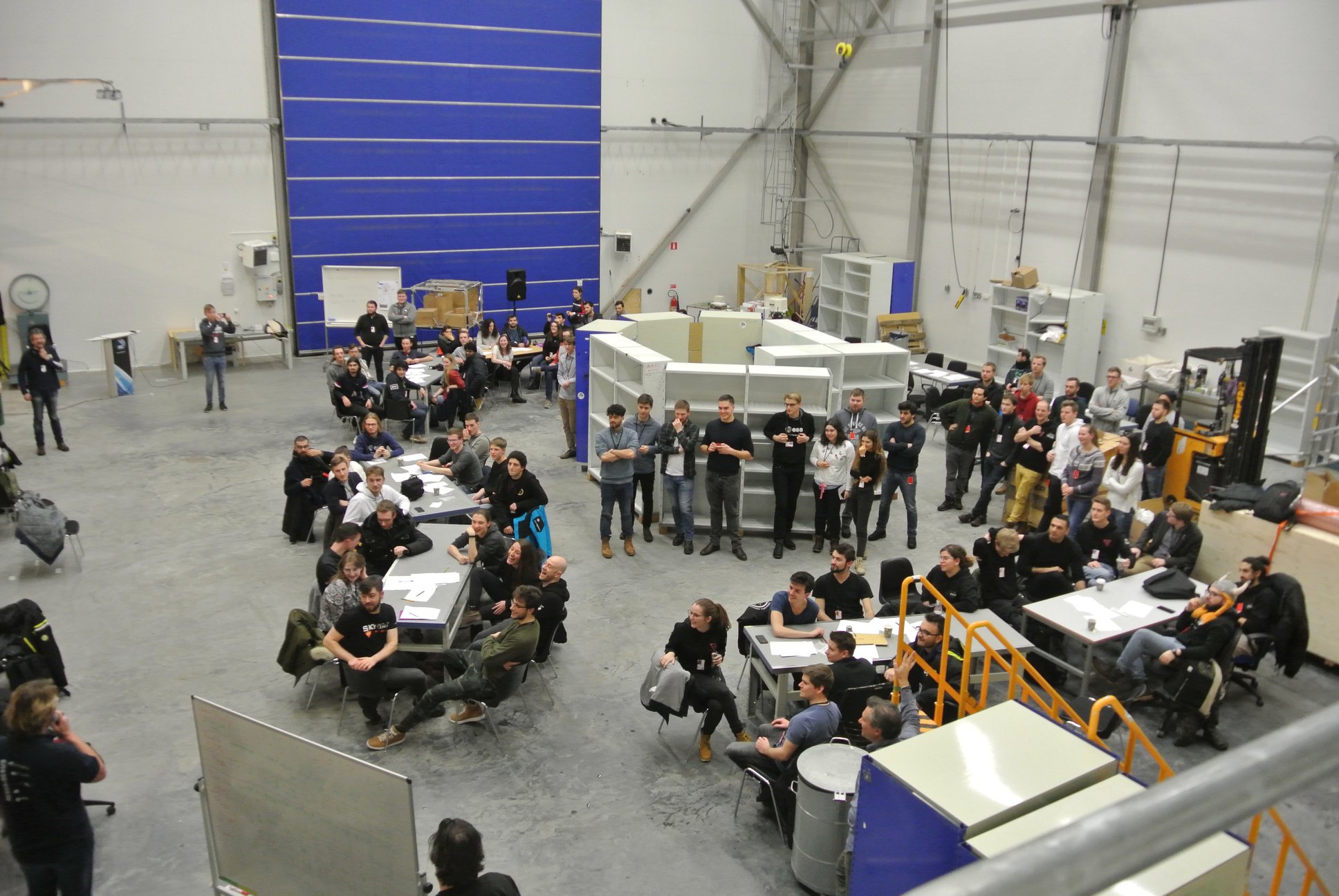
Now that we had the PDR behind us, we could look forward to the rest of the week in a more relaxed manner. On Wednesday we had some subsystem specific topics on the agenda. Among other things we were introduced to possibilities and approaches to solve common problems in the design of the flight software and to improve the thermal experiment design. Many helpful tips, especially on open source software, will help us to improve our experiment. In the afternoon, project and risk management were on the agenda. After all, a space project consists not only of calculations and design, but also of an organizational part.
In this respect we continued with Outreach on day 4. An important part of the RX/BX projects is that teams try to find partners in the industry, in order to enable the development of the not always cheap projects and to guarantee the financing besides the help from the DLR through ZARM. In the afternoon there was another important appointment on the agenda, the "Ask the experts" session. Here we were able to address questions that were still open after the lectures or questions that had arisen from the lectures to a number of experts from the various disciplines. Thanks to their commitment the last problems were solved.
The last day was mainly devoted to organizational matters concerning the upcoming tests and the final mission campaign in March 2021, with the Critical Design Review scheduled for June, by which time the experiment design must be finalized. This will be followed by the Integration Progress Review at the end of August, before the system tests (Vibration test at ZARM, Benchtest at MORABA and finally the Spin & Balance test in Esrange) complete the qualification phase. In the afternoon we visited Kiruna and the Ice-Hotel (Picture 5) nearby. With a great farewell dinner (pulled pork of reindeer), where everybody had a lot of fun, the last days were reflected and with a final visit in the sauna the training week came to an end.
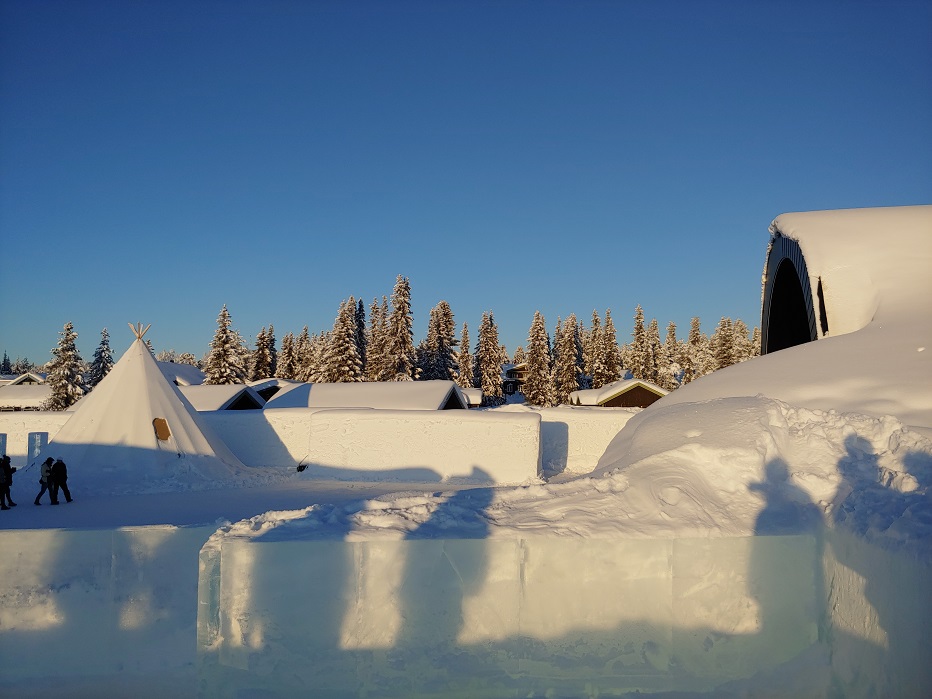
Departure started very early in the morning of Saturday. Two buses brought us back to Kiruna to the airport (Picture 6), from where we went via Stockholm and Munich back to Dresden. Most of the teams were said goodbye to in Stockholm and the last German teams left us in Munich.
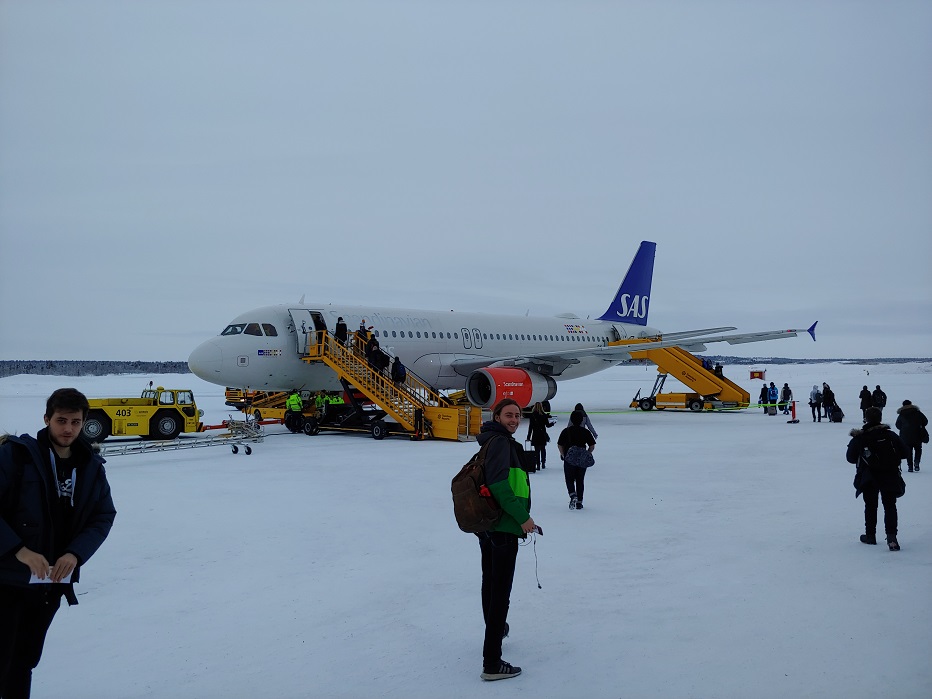
Back in Dresden we were looking forward to our beds to catch up on the sleep we missed. The next few days were spent processing all the information. The participation in the Training Week was a great experience, for us participants and for the entire team.
We would like to thank everyone who made the Training Week possible, who patiently answered our questions and who provided us with a lot of input for the upcoming CDR.
Text: Felix Scharnhölz
